San Diego Ocoyoacac es, de los pueblos originarios de Miguel Hidalgo, uno de los menos conocidos. Históricamente, el pueblo era el extremo occidental de Tacuba, el antiguo asentamiento de Tlacopan. La fama de la antigua Tacuba radica principalmente en que se alió con los mexicas de Tenochtitlan para formar la Triple Alianza. Dicha Alianza derrotó a los tepanecas de Azcapotzalco (justo al norte), y condujo a la gloria de Tenochtitlan en el siglo XV.
El nombre náhuatl significa “en la nariz del ocoquahuitl” u “ococuahuitl“, en referencia a un tipo de pino. Así que podemos traducir mejor el nombre como “Donde comienzan los ocotes o pinos”. Esto enfatiza la posición del barrio en el borde occidental de Tlacopan, con más y más bosque hacia el oeste.
Hoy, el barrio tiene la suerte de incluir el gigantesco Parque Bicentenario, también al norte (ver el mapa). El parque revela gran parte de la historia más reciente del barrio. La zona se industrializó mucho a finales del siglo XIX; la refinería, en el actual parque, estaba rodeada de fábricas, y este barrio era conocido sobre todo por albergar a algunos de los muchos trabajadores.
Hoy en día, San Diego Ocoyoacac sigue siendo conocido por algunas urbanizaciones que sustituyeron a las antiguas casas de vecinos. Es probablemente más conocido aún por el centro de detención “Torito”, donde se procesa y detiene a los condenados por conducir bajo la influencia del alcohol. Esa instalación sustituyó a un centro de procesamiento de carne de buen tamaño que se cerró cuando se abrió el gigantesco Rastro de Ferrería, en 1955.
Los restos del antiguo mercado de mediados de siglo están más orientados hacia el barrio. Pero el Mercado Gascasónica no es poca cosa. Es un gigantesco mercado de barrio, y sirve como punto de distribución para gran parte de esta parte de la Ciudad, y especialmente, para este extremo de la Calzada México-Tacuba.
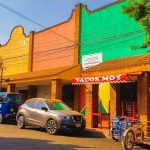
Cercano a 0.12 kms.
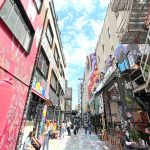
Cercano a 0.39 kms.
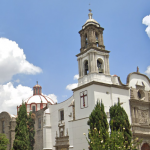
Cercano a 0.62 kms.
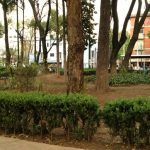
Un favorito del vecindario recién llegado desde el antiguo rellano de la calzada.
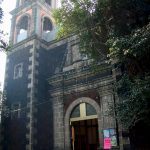
Una iglesia del barrio de Tacuba en Azcapotzalco...

Un gigantesco mercado en el viejo oeste de Tacuba...
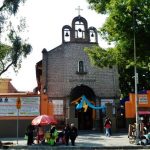
Una iglesia junto al árbol más famoso de la Ciudad de México...
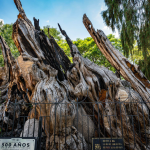
El sitio de la legendaria derrota de Hernán Cortés en 1520, a lo largo de la antigua calzada.